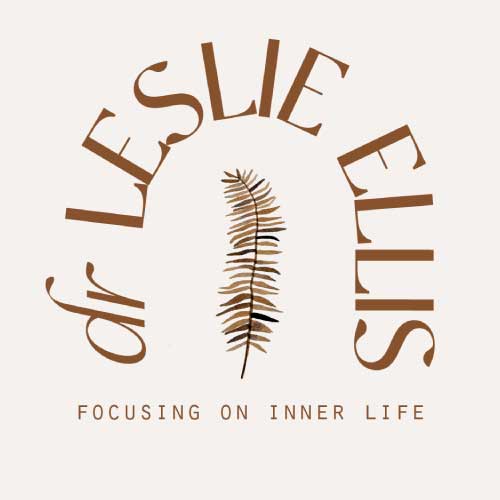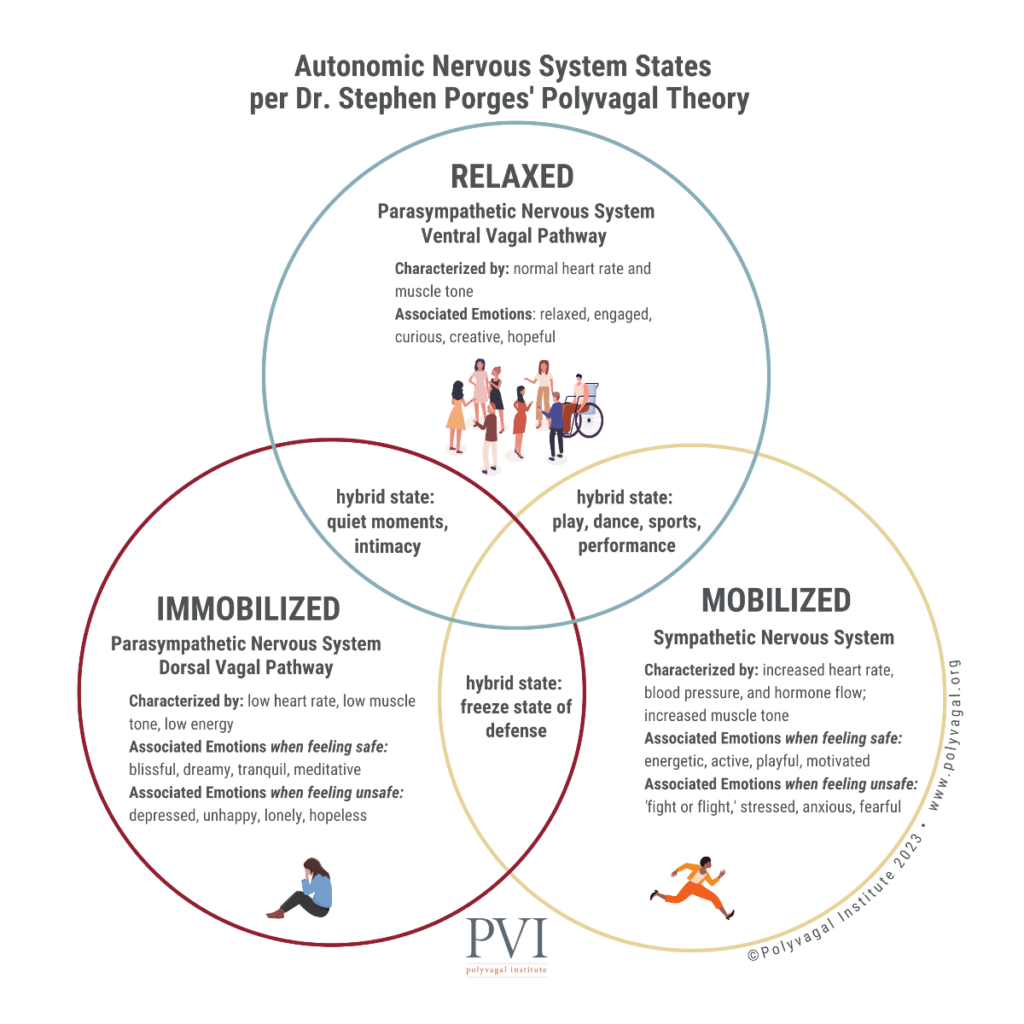Dream groups are a beautiful way to deepen into a dream, gathering a wider range of impressions and perspectives than we receive when we dive into our dream material alone or with a partner. I have led dream groups in many forms for decades, and love how the universality of dream images ultimately hold meaning and depth for all. Still, there is typically just one or two dreamers whose material is explored in any given session. I have been wanting to develop an experience that is more collective, where every member feels like an equal participant. With the help of my long-term Dream Circle of graduates from my embodied experiential dreamwork program, I recently created just such a method: Dreamweaving. The following is a brief account of the method, a process to invoke dream images to share, experience and weave into a tapestry.
Dreamweaving in Brief
Briefly, the method begins with an invocation, an internal experiential process for each group member to invite a short dream or fragment that seems to want attention. For example, if a group member has a big dream they want to share, the process invites them to find the particular image from the dream that intrigues them most. Once we have all been visited by a dream image, each member shares it, and we have a brief clarification process in which group members can ask the dreamer to say a little more about their image. This is not interpretation, but a deepening of the collective experience of the image, and an invitation to follow our curiosity.
Once all the dream pieces are offered and briefly explored, the group is invited to take a step back and take the entire dream collage in. Then, one by one, each dream member in turn can offer a prompt that invites an experiential exploration of any aspect of the collective dream that feels the most generative and intriguing to them. All members are invited to participate in the experiencing process, which could be a re-entry into a dreamscape, character or element, a dreaming forward from any image or dreamscape, or a conversation with a dream element. Then participants are invited to briefly offer a sense of what they experienced. Over the course of the session, the dream images come alive, and interweave until it really does begin to feel like a single, collective dream experience.
Here are the steps in brief:
- Invocation
- Dream sharing and deepening
- A round of experiential prompts, with a brief sharing of experiences after each prompt
The Invocation
I always start my dreamwork sessions with an experiential inward journey to invite group members to find, embody and explore a dream or daydream image that is alive for them in the moment. The following is the transcript of the first Dreamweaving invocation, slightly edited (ellipses… indicate a long pause):
We’ll start with our usual way by just getting comfortable in your body, in your chair. Settle in, feel the ground underneath you, and do what you normally do with your body to prepare to go inward… Start by clearing some space, setting aside any distractions and opening yourself to the world of dreaming. As you’re clearing space, broaden your perception a little bit. Rather than being just with your own inner landscape, see if you can broaden it and feel into the group. We’re trying to expand our awareness and pick up what we can of the group dreaming…
When you feel settled, clear and connected, I’m going to ask you to invite an image or a dream snippet. You’re welcome to have an image arrive spontaneously right now. Or you can bring in an image from a dream that wants to visit. It could be a fresh one, a dream you’ve had recently or one from the past. Just invite what wants to come forward right in this moment. And welcome whatever arrives… You’re going to spend a bit of time with what came. First, start to notice the setting or the dreamscape that this image is situated in. Go ahead and flesh out the environment… Notice the temperature, the weather, what’s on the ground, what’s in the sky… Now begin to situate yourself in the dreamscape at whatever distance or wherever in this dream feels like the right place to be… And when you feel yourself there in the dreamscape, let this image play forward a little by finely observing the image that you’re with or letting it carry forward if it’s in motion or has a story that’s unfolding. Again, just see what the image wants…
Notice as you do this, as you’re following this image, what it brings up in your body. Feel into what kind of a felt sense arises as you interact with this dream image. Don’t do anything except notice what the felt sense is like, be friendly and curious with it… and before we turn away from this, just take a minute with your dream image and ask in a very open ended, invitational way if there’s anything this particular image wants to share, or wants you to share with this group. Just if it comes easily, don’t force it…
So we’re going to start to take our leave. Although we can keep the image with us if it feels good to do that, but start to come back to the dreamscape… and then back into your body sitting in the chair. Feel yourself back in the room. And when you’re ready, you can bring your attention to the screen… but take whatever time you need to exit. Don’t rush this. If you want, I’ll just give you a couple of minutes to jot anything down you want to record. We’re going to hear a lot of dream images. And so if you want to solidify what just came, feel free to write it down…
Tapestry of Dream Images
Some of the images that were offered by the group included a woman wearing a green sweater and holding the group safely; a sad little boy in blue pajamas; a forest bath; a beautiful and well-worn leather saddle; a violin on a table and a door to a stage; and dolphins shape-shifting into moose. I asked the group members to feel into the dream images and invited us all to experience where our curiosity would lead. By way of example, I started us off as follows:
What I noticed was that there are a lot of images of support, and invitations to go somewhere, move somewhere, do something. So I’m tempted to gather up the supportive image, like the support at the back of my neck in the forest bath, sitting on the horse in the saddle, and inviting the woman who is a safe guide for all of us… just kind of feeling into those supportive images and then going forward. Interestingly, of all the invitations, the place that calls to me is the open door to the stage with the violin. There’s an orchestra waiting… so I’m just going to give us all a few minutes to share this experience of gathering up the supportive images and then going forward onto the orchestra stage with the violin… we’ll have a few people offer what they experienced, but starting with the person who offered the prompt (me in this case).
Being in a saddle is a comfort zone for me. And I felt into the woman in the forest bath with the support at the back of my neck. Then I picked up this beautiful violin which was alive. I don’t play the violin but I just knew how to play it. As I went into the room with the orchestra, it was so quiet you could hear a pin drop. I wasn’t playing the violin, it was playing through me, a beautiful solo. And then when I stopped and said something to the group, it was like everybody knew that now we’re going to play together. The orchestra starts and it just flows. It was a really beautiful experience.
This chiming in of the orchestra feels like an apt metaphor for the way the dream group members joined in the process of weaving these images and carrying them forward. The invocation brought a beautiful mix of dream images. Then the experiential prompts deepened our collective sense of these images, and the whole experience seemed to be carried along by our collective imagination. Here are a couple of comments from group members:
“I loved how this process gave us more permission to take each other’s dreams and try them on. If I view it entirely from a personal perspective, I had the feeling that each person’s dream offered me a reflection of a different aspect of myself. Although these aspects may be conscious (and of course some may be unconscious) I may not normally spend as much time experiencing them as this process allowed me to do.”
“As somebody who has a really rich and detailed imaginal world, both in waking and dreaming life, it feels beautifully intimate to weave our dream images together, to be impacted by other people’s imaginal content, and to hear the ways that the imagery I share is impacting others. I know we do an element of that in all dream groups, but it feels like there’s something different that happened today… it feels like more of a weaving of a shared tapestry.
Dreamweaving is one of the methods I will be teaching in the class I am offering early in 2024 on Leading Dream Groups. As I fine this method, there will be more offerings, so stay tuned!










